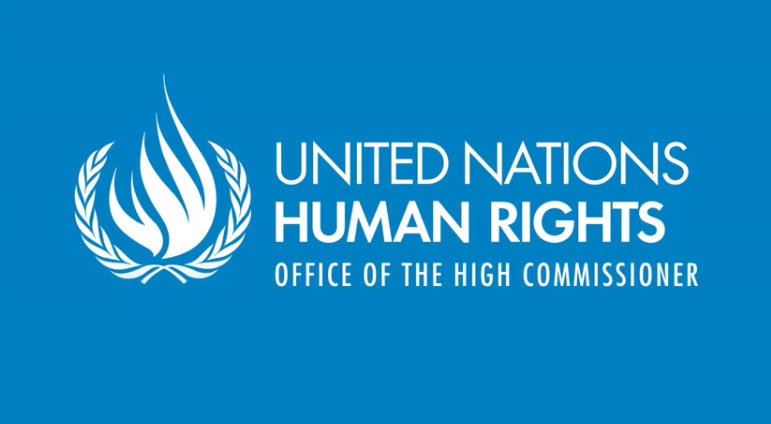22th September 2016 | International Solidarity Movement, al-Khalil team | Hebron, occupied Palestine
UNRWA is concerned about the Israeli forces’ increased use of live ammunition against Palestinian civilian demonstrators in Palestine refugee camps since July 2016.
Since July 2016, there has been a dramatic increase in the use of live fire against Palestinian civilian demonstrators, especially in refugee camps. According to figures gathered by the UN, while the total number of Palestinian civilian injuries across the West Bank went up from 328 cases (April-June) to 408 (July and August), the number of injured Palestinians in refugee camps increased from 34 (April – June) to 130 (July and August). Further, among these 130 injuries, 91 people, or 70 percent, were shot with live ammunition, this is extremely high, given that the average of live ammunition injuries among all injuries from previous three years combined (2013-2015) had been approximately 20 percent.
Most of the 91 injuries by live ammunition from July and August occurred in three refugee camps: Fawwar Camp (33 injuries), Qalandia Camp (23), and Dheisheh Camp (19).
On 16 August, Israeli forces conducted a large scale military operation in Fawwar Refugee Camp, south of Hebron. A large number of Israeli troops entered the camp in the early morning between approximately 3 to 4 am. The forces occupied a number of homes to use them as vantage points, searched dozens of houses and remained in the camp until after 8 pm. A large number of tear gas and stun grenades were used during the operation. Much of the teargas was deployed in narrow alleyways among residential areas, causing refugees to suffer from tear gas inhalation inside their houses.
During intensive house searches, Israeli forces caused extensive damage to residents’ homes and private property, including six recorded incidents where security forces, including snipers, made holes in the walls of homes to use as cover to fire from. Camp residents told UNRWA that it was the largest operation in years, possibly since the second intifada. More than 30 camp residents were shot and injured, and a 18 year-old male was killed. At least 16 people were shot with live ammunition, and 3 by rubber coated steel bullets. 18 people were shot in the lower limbs. Many of the injured were shot in the inner side of their lower legs, either right under their knees or near their ankles.
Dheisheh Refugee Camp has continuously been a area of multiple operations carried out by Israeli forces, which has resulted in many live ammunition injuries. In July and August 2016 alone, Israeli forces carried out at least seven search operations in the camp, all of which turned into violent confrontations between Palestinian youths and Israeli troops. At least 20 youth were shot by live ammunition, the majority in the lower limbs. UNRWA is still in the process of collecting and verifying further information in the camp.
It is important to put this information into context. The first half of 2016 saw a reduction in the number of searches and arrest operations conducted in the West Bank compared with the second half of 2015, as well as a substantial decrease in the number of Palestinians who were injured mainly during confrontations with Israeli forces in the course of such operations.
UNRWA continues to raise its concerns on the alarming use of live ammunition with the Israeli authorities.
Israeli authorities, as the occupying power, have a responsibility first to protect the civilian population in the West Bank, including the Palestine refugees residing there. In conducting “security” or “law enforcement” operations international legal standards require that Israeli forces exercise restraint, act in proportion to the legitimate objective to be achieved, minimize damage and injury and most importantly respect and preserve human life.
Source: UNWRA

